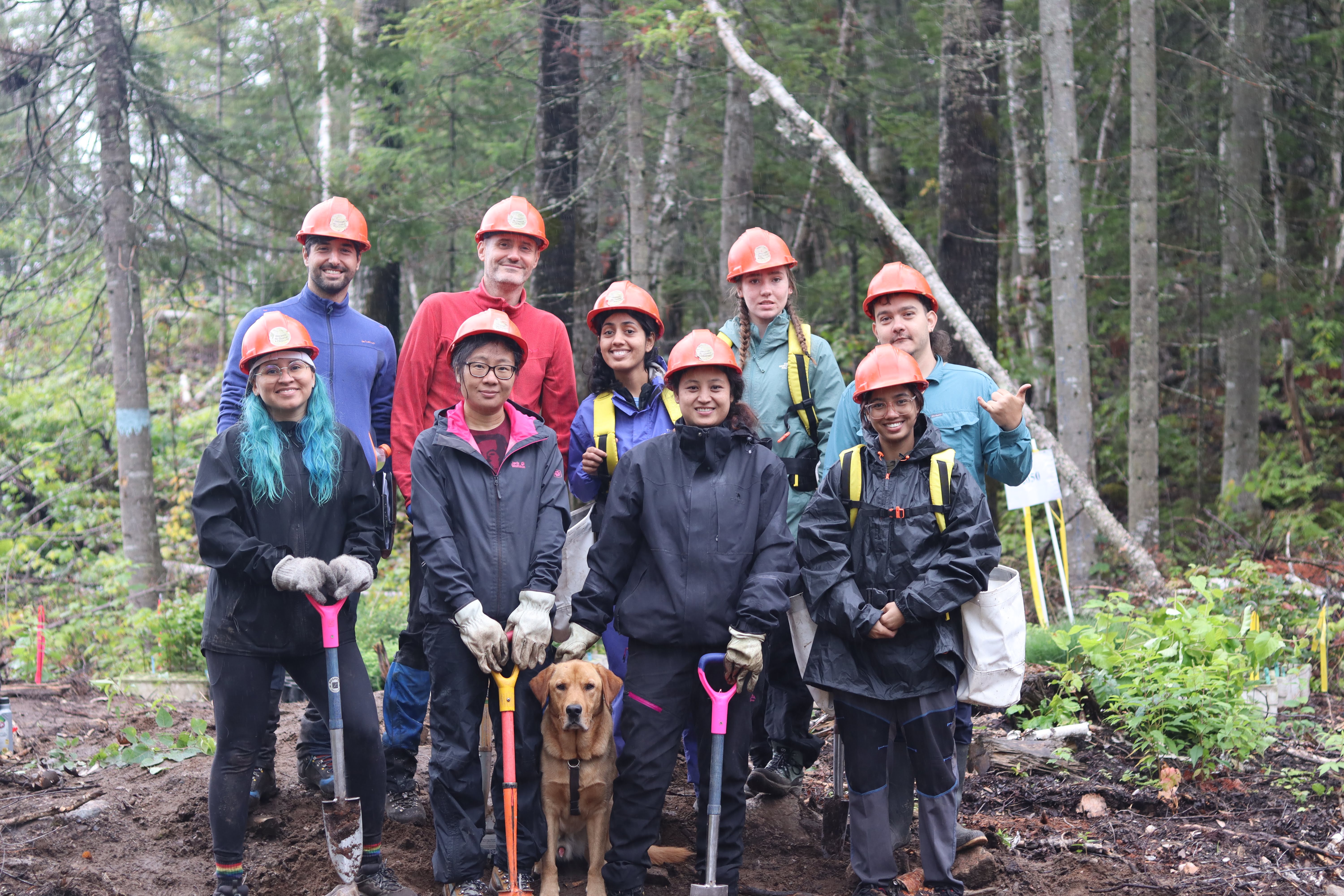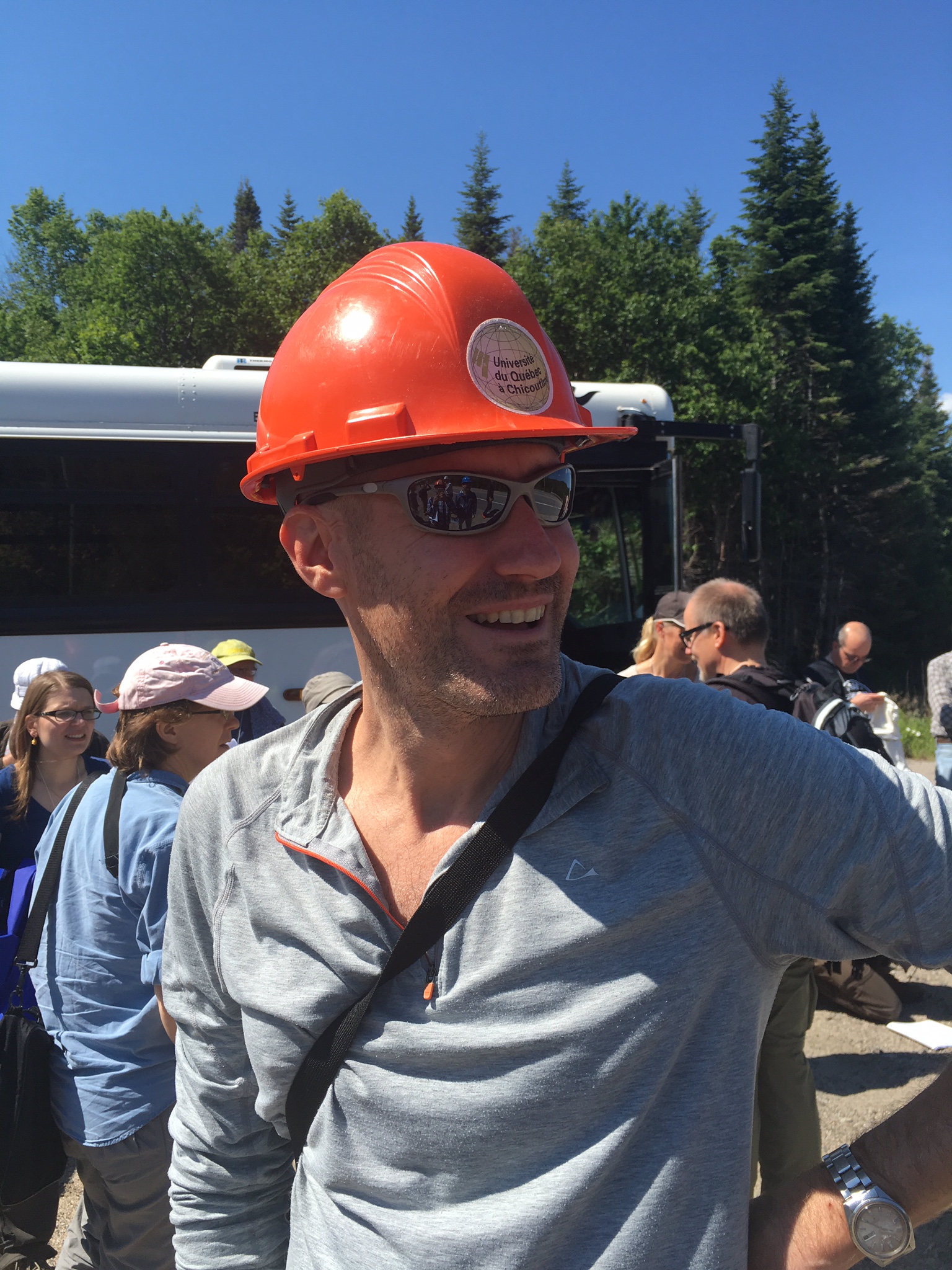Research Projects
Québec, CA - Forêt d'enseignement et de recherche de Simoncouche

- Period: 2024-04-11
Ownership
Overview
The Forêt d'Enseignement et de Recherche de Simoncouche (FERS) is the northernmost site in the DREAM network, playing a critical role in understanding forest dynamics at the transitional zone between temperate and boreal forests. Located in the northwestern part of the Réserve faunique des Laurentides, a 20-minute drive from Chicoutimi, the FERS is managed by the Université du Québec à Chicoutimi. Established in 2024, this plantation is located in the mixedwood forest, at the northern edge of the yellow birch–balsam fir domain. The FERS site is uniquely positioned to provide valuable data on the survival and growth of five tree species, offering insights into the dynamics of species acclimation and competition at the transitional zone between two major forest ecosystems of Northern North America. The data collected at FERS will help identify which seed sources, based on their geographic origin, are best suited for successful establishment in a context of climate change.
Professor Sergio Rossi and his research group oversee the FERS site, which is an integral part of the DREAM network. This network facilitates extensive research collaboration, involving multiple collaborations with governmental and academic organisms, such as the Ministère des Ressources Narturelles et des Forêts du Québec, the Université Laval, the USDA Forest Service, and the Université du Québec à Chicoutimi, and several regional and provincial partners in Quebec.
Project presentation
The FERS site was conceptualized in collaboration with other DREAM sites, such as the Lac-des-Amanites and Lac-à-Charles sites in Quebec, Canada, and the Pine Popple site in Wisconsin, USA. These sites share the experimental design and a number of treatments, as outlined in Royo et al. (2024).
The experiment at FERS utilizes a comprehensive split-split-split factorial design to evaluate the effects of forest cover (clearcut vs. uniform shelterwood cut with 40% removal), the exclusion of large herbivores, and the removal of competing vegetation on seedling establishment. These harvest treatments were selected to support seedling establishment at or beyond the northern limits of their natural distribution, providing critical insights into how forest ecosystems might shift in response to climate change.
Five tree species were chosen for this experiment: Pinus resinosa (red pine), Acer saccharum (sugar maple), Acer rubrum (red maple), Picea rubens (red spruce), and Tsuga canadensis (eastern hemlock). Each species was planted using three climate analogues to simulate a range of future climate conditions. This selection, based on both scientific and operational considerations, provides a diverse mix of deciduous and evergreen species with significant ecological and economic value.
The site at FERS, along with the other sites of the network, will be closely monitored over the next years. The data collected will offer valuable insights into species adaptation, forest regeneration, and the overall resilience of mixedwood forests in the transitional zone between temperate and boreal ecosystems. This research is critical for understanding how these ecosystems might evolve under changing climate conditions, informing forest management practices and helping to ensure the long-term sustainability of these important landscapes.
Contributions to the Project
Such a large project requires the contribution of many people. We would like to acknowledge here those contributions.
Conception of experimental design
Researchers : Alejandro Royo, Patricia Raymond, Christel Kern, Emilie Champagne, Sergio Rossi, Roberto Silvestro.
Climatic analogues computation
See information for Réserve faunique de Portneuf.
Seedling production
See information for Réserve faunique de Portneuf.
Establishment of the experiment
Operational planning and coordination: Roberto Silvestro, Claudio Mura, and Nita Dyola,
Researchers: Sergio Rossi, Ettore D’andrea, Mauro Brum, and Minhui He.
Students: Denise Alano Bonaccini, Hannah McNulty, Debora Coelho, Rachana Bhandari, Trishna Bhattarai, Gian de Lima Santos, Laura Sanin Colorado, Niamh Boyle, and Jorge Lizarazo.

